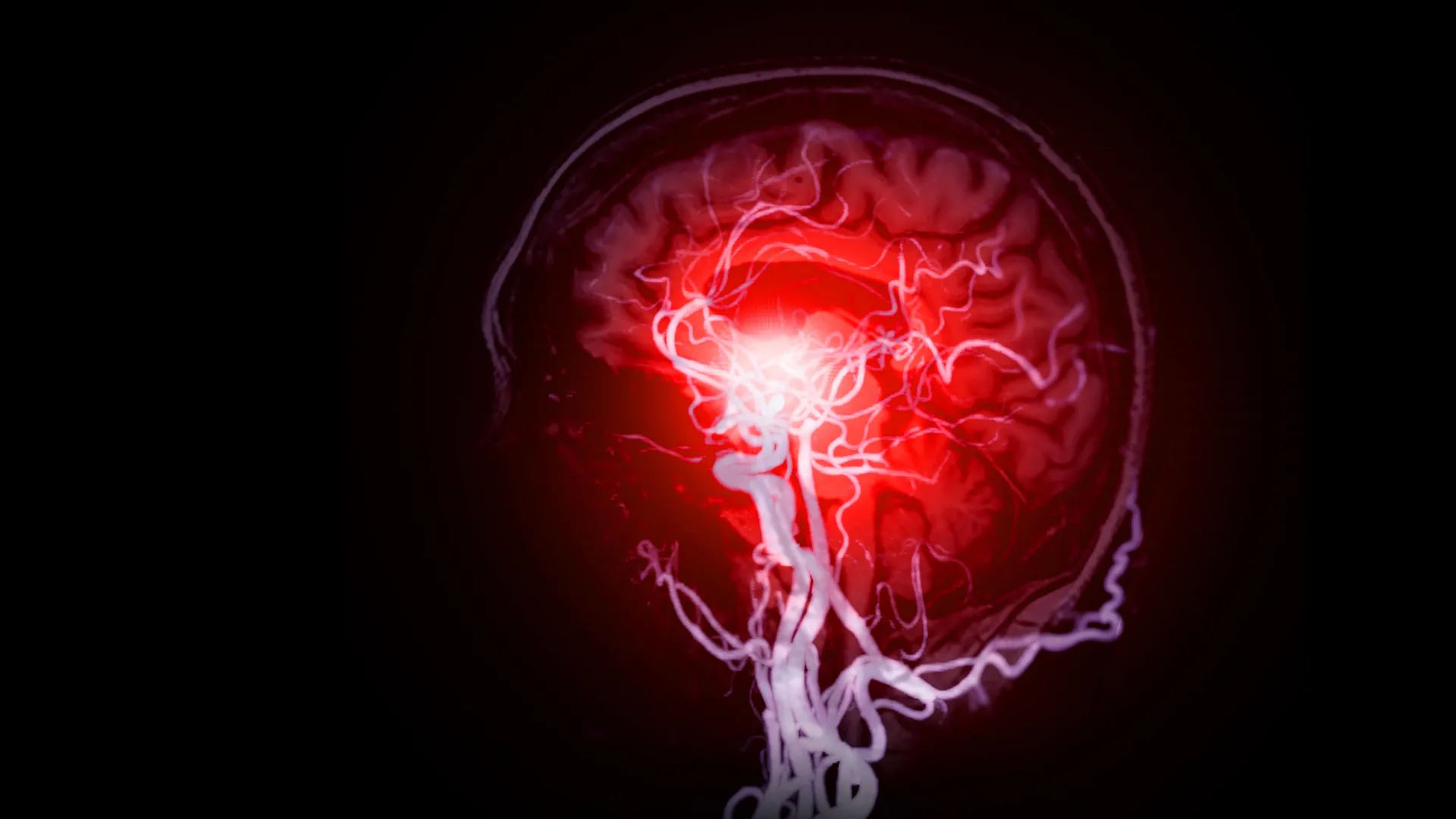Scientists find hidden brain damage behind dementia
- Date:
- October 6, 2025
- Source:
- University of New Mexico Health Sciences Center
- Summary:
- A University of New Mexico scientist is revealing what might be one of the most overlooked causes of dementia — damage in the brain’s tiny blood vessels. Dr. Elaine Bearer has created a new way to classify these changes, showing that many people diagnosed with Alzheimer’s also suffer from vascular damage that quietly destroys brain tissue. Even more surprising, she’s finding microplastics inside the brain that appear linked to inflammation and memory loss.
- Share:

Vascular dementia -- a type of cognitive decline caused by problems in the brain's small blood vessels -- affects millions of people but has received far less attention than Alzheimer's disease. Unlike Alzheimer's, which is marked by abnormal plaques and protein tangles in brain tissue, vascular dementia stems from damage to the brain's intricate network of blood vessels.
One researcher at The University of New Mexico is working to change that.
A New Framework for Studying Brain Vessel Disease
Elaine Bearer, MD, PhD, the Harvey Family Endowed and Distinguished Professor in the UNM School of Medicine's Department of Pathology, has introduced a new model for defining and categorizing the various forms of vascular dementia. Her paper, recently featured by the editors of the American Journal of Pathology, lays the groundwork for better understanding how these small-vessel changes contribute to cognitive decline.
Bearer hopes this approach will help scientists identify distinct types of vascular dementia and ultimately develop more effective treatments.
What Causes Vascular Dementia?
High blood pressure, atherosclerosis, and diabetes are known risk factors, but other potential causes remain unclear. One newly recognized concern, Bearer noted, is the presence of nano- and microplastics in the human brain.
"We have been flying blind," she said. "The various vascular pathologies have not been comprehensively defined, so we haven't known what we're treating. And we didn't know that nano- and microplastics were in the picture, because we couldn't see them."
Mapping the Brain's Hidden Damage
Bearer identified ten separate disease processes that can injure the brain's vascular system. These conditions can deprive brain tissue of oxygen and nutrients, cause leakage from blood vessels, trigger inflammation, or impair the brain's ability to clear waste. The result is a series of microscopic strokes that gradually harm neurons.
Her study highlights both new and established laboratory techniques, including advanced staining methods and specialized microscopy, that can reveal these subtle patterns of damage.
Overlapping Alzheimer's and Vascular Disease
For the research, Bearer examined brain tissue donated by families of New Mexicans who had died with dementia, using specialized stains to make damaged vessels visible under the microscope. To her surprise, many of the brains diagnosed with Alzheimer's disease also showed signs of vascular injury.
"We suspect that in New Mexico maybe a half of our Alzheimer's people also have vascular disease," she said.
Bearer contends a methodical approach to identifying different forms of vascular dementia will help neurologists and neuropathologists more accurately score the severity of the disease in both living and deceased patients and advance the search for potential treatments -- and even cures. To make that happen, the National Institutes of Health (NIH) has raised the possibility of forming a consensus group of leading neuropathologists to work out a new classification and scoring system, she said.
The Emerging Role of Microplastics in the Brain
Another key area of Bearer's research is the potential health impact of nano- and microplastics within brain tissue.
"Nanoplastics in the brain represent a new player on the field of brain pathology," she said. "All our current thinking about Alzheimer's disease and other dementias needs to be revised in light of this discovery."
"What I'm finding is that there's a lot more plastics in demented people than in normal subjects," she said. "It seems to correlate with the degree and type of dementia."
The quantity of plastics also was associated with higher levels of inflammation, she said.
Collaboration and Future Directions
Bearer's ongoing work is part of a long-standing collaboration with Gary Rosenberg, MD, professor of Neurology and director of the UNM Alzheimer's Disease Research Center (ADRC). The center received a five-year, $21.7 million NIH grant in 2024 to support this research. Rosenberg, who also directs the UNM Center for Memory & Aging, has spent years studying how vascular disease contributes to dementia symptoms.
"When we started thinking about putting this ADRC together, I thought one of the things I should look at is the vasculature, because nobody's done it systematically and comprehensively, and we have a world's expert here at UNM," Bearer said.
"Describing the pathological changes in this comprehensive way is really new. What I'm hoping will come out of this paper is working with other neuropathology ADRC cores across the country to develop consensus guidelines for classifying vascular changes and the impact of nano- and microplastics on the brain."
Story Source:
Materials provided by University of New Mexico Health Sciences Center. Note: Content may be edited for style and length.
Journal Reference:
- Elaine L. Bearer. Exploring Vascular Contributions to Cognitive Impairment. The American Journal of Pathology, 2025; DOI: 10.1016/j.ajpath.2025.07.007
Cite This Page: